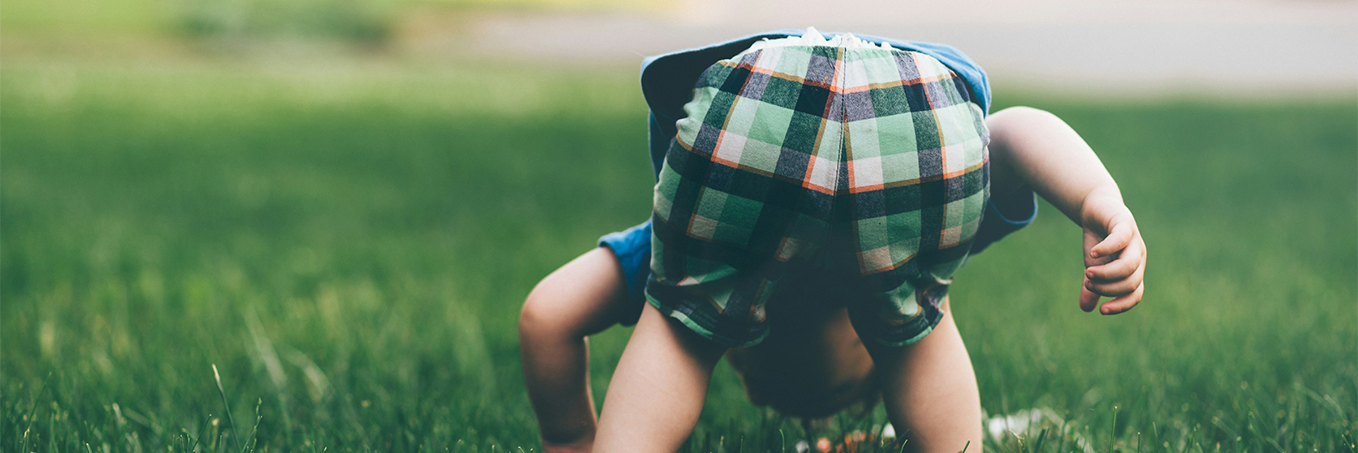
Article written by: Vítor Mota
Everything changes incoherently. In today's BANI world, a scenario of brittleness, anxiety, non-linearity and incomprehensibility, where complexity is imposed by the quantity, divergence, and speed of information received, the need for innovation is the only constant.
To successfully navigate this environment, it is important to understand the connections between our mental processes, which foster ideas and drive intellectual and human development both on a personal and professional level.
Every one of the components - curiosity, knowledge, critical thinking and creativity - much studied individually, gains prominence in its interdependence, when we approach the idea of Innovation and Creative production. Each of these elements has its own force that drives the others, and together they form a dynamic cycle in which each stage feeds and is fed by the others.
It all starts with curiosity. It is that natural restlessness that raises questions when we see something strange and awakens the desire to explore the unknown.
Curiosity is the engine of meaningful learning, since it drives the search for answers, triggers emotions, and motivates the discovery of new paths and processes.
Curious people are not satisfied with the superficial; they want to know what and why, the how and what is beyond that. It is from this impulse, more or less natural, that the development of knowledge begins.
Driven by curiosity, the mind seeks knowledge incessantly.
Knowledge is not just the organized accumulation of information, concepts, theories, and experiences. It develops as we argue, validate, and confront ideas, test hypotheses, and refute perspectives; Thus, we construct possible certainties, conditioned by the context and within the limits of the circumstances in which they are inserted.
Knowledge is the basis on which the understanding of the world is built, from interpersonal to economic or political relationships, from the interactions of physics and the world where we live, on which all the capacity to act with discernment is founded. Accumulating information is not enough; it is crucial to know how to interpret, select, integrate or exclude and apply what is learned.
Critical thinking works as the great refiner of knowledge.
It is through it that sources are questioned, arguments are evaluated, refutations are dismantled, reasoning is aligned, theories are proven, hasty conclusions are avoided, and one's own limits of understanding are recognized.
Critical thinking invites us to look beyond appearances and the fleeting, leads us to consider multiple perspectives and to substantiate ideas with logic and clarity. It is the link that transforms cognitive knowledge into practical wisdom and prepares the ground for creative action.
Based on knowledge, previously structured and critically analyzed, the generation of new ideas arises, the result of unexpected insights, surprising connections and original solutions; it is creativity in action.
It is not mere daydreaming or improvisation; it emerges from the combination and recombination of already known elements, seen from new perspectives, aligned in new directions. It is a moment of meaning expansion, intellectual freedom and application of the imagination.
However, not everything that is created is necessarily useful, feasible or viable, which is why the creative cycle does not end only with the generation of ideas.
After the creative explosion and emotional euphoria, it is necessary to return to critical thinking and evaluate what has been created.
All ideas, despite being innovative, need to be analyzed, prototyped, tested, validated, adapted or discarded.
This return to critical thinking ensures that creativity does not turn into illusion or waste of energy, but materializes in relevant, sustainable and responsible actions that transform ideas into real innovation.
Like a muscle that needs to be exercised, from each creative act, new questions, doubts, answers and possibilities arise.
Curiosity is reactivated, on an increasingly sophisticated level, induced by previous processes and nourished by past experiences. The cycle begins again, in an upward spiral, leading to a sharpening of reasoning, successively more agile, and promoting the continuous improvement of deduction and action.
Summarizing, in a world saturated with data, where information rarely equals knowledge, the true value lies in knowing how to ask questions, understand, judge and create; without ever forgetting to restart the cycle.
This cycle of curiosity, knowledge, critical thinking and creativity is not linear, it is not rigid, it does not always seem sequential to us. It can start at any point or place; the stages overlap and sustain each other.
Understanding and cultivating this awareness is fundamental to shaping individuals who are more observant, reflective, interrogative, active and innovative; prepared to face the challenges of the present for the future.
“Critical thinking and curiosity are the key to creativity.”
- Amala Akkineni